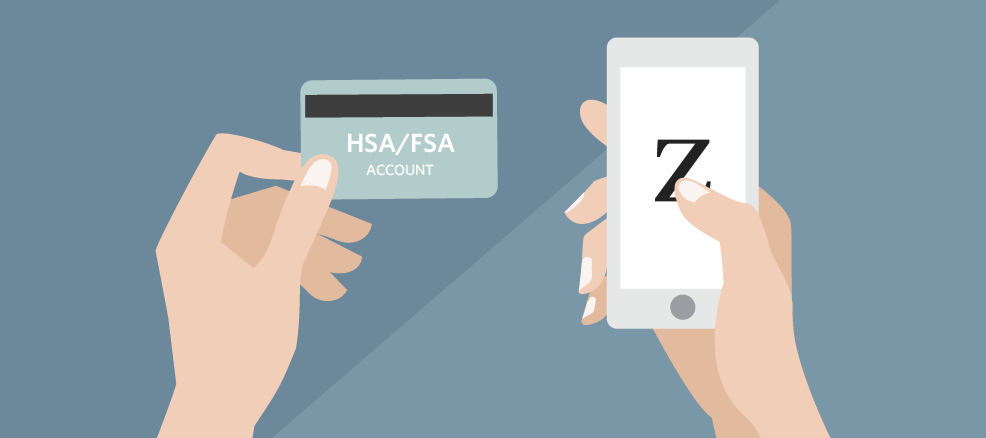Hawaiian origins of Lomi Lomi
Lomi Lomi (or Lomilomi) massage is an integrative massage practice that began in ancient Hawaii and is gaining popularity around the world.
The word “lomi” means to knead or rub in a gentle manner. (That’s why you sometimes see dishes like lomi lomi salmon – fish that’s been rubbed with spices.)
Focusing on long, seamless strokes that glide from one part of the body to another, Lomi Lomi massage can soothe the mind while easing tension in the muscles. These rhythmic, repetitive movements allow the client to fully relax during the session.
But Lomi Lomi was once under the radar. In fact, it was once outlawed throughout the Hawaiian Islands.
So just how did a shamanic ritual develop into a popular bodywork method? Read on to learn more about the history and modern practice of Lomi Lomi massage.
History of Lomi Lomi massage
The practice of Lomi Lomi massage originated in ancient Polynesia. When Polynesian settlers first came to Hawaii, Lomi Lomi came with them. In the 19th century, however, thanks to the wonders of colonization, Lomi Lomi became viewed as a heathen practice by American missionaries.
The Native Hawaiian spiritual practitioners, or kahunas, continued to use Lomi Lomi as a means of restoration and healing, in concert with other herbal and ritual medicinal techniques.
The theory behind Lomi Lomi is similar to the concept of qi found in Traditional Chinese Medicine – connecting the mind and body to maximize healing potential. Traditional Lomi Lomi practice includes chants (mele) and prayers (pule) as part of the session, though this is fairly rare among modern massage therapists.
Modern Lomi Lomi
Lomi Lomi has gradually come full circle, with the passing of a law in 2001 that allows native healing practitioners to be certified by the Hawaiian medical board, legalizing Lomi Lomi’s role as a healing form of massage therapy.
Lomi Lomi massage as the structured technique taught and practiced today was created and promoted by Hawaiian massage masters, chief among them Abraham Kawaii and Margaret Machado. Instead of prayers and chants, today’s Lomi Lomi practitioners are asked to offer a calm mental space and nurturing touch to their clients. Margaret Machado has said that the difference between Swedish massage and Lomi Lomi is “loving touch.”
This adaptation has helped Lomi Lomi massage to spread beyond Hawaii, gaining wider worldwide popularity.
Modern Lomi Lomi massage techniques
The hallmark of a modern Lomi Lomi massage are continuous, fluid strokes applied by the hands, forearms, and elbows to the client’s body. The movements of the practitioner flow seamlessly from one area of the body to the next, with few breaks or transitions.
Since Lomi Lomi strokes will move over various organs and joints of the body, the practitioner must use a delicate and skilled touch to avoid unnecessary pressure on sensitive areas.
Because of the long, flowing nature of the strokes, traditional lomi lomi is performed without a top or bottom sheet to allow the practitioner to glide from one area of the body to the next.. Towels are used for privacy as needed.
However, many lomi lomi practitioners now use top and bottom sheets. While this limits the fluidity of the movements somewhat, it may make customers more comfortable.
Before you get your first Lomi Lomi massage, be sure to ask the therapist what their draping technique is so you don’t wind up with any awkward surprises,
Trying Lomi Lomi massage for the first time
Lomi Lomi massage can treat a wide variety of conditions, but most often is used to create a healing environment within the body by relaxing the client, rather than targeting a specific physical problem.
The healing benefits of Lomi Lomi massage are many, including improved circulation for detoxifying the body, stimulation of the lymphatic system, release of muscle tension, and a deep sense of relaxation.
If you think Lomi Lomi might be useful for you, ask your Zeel Massage Therapist about it. Many licensed massage therapists incorporate Lomi Lomi techniques into Swedish and sleep massages.
Marcy is the SVP of People and Communications at Zeel. In addition to overseeing the humans of Zeel, Marcy has written about workplace topics for more than 20 years both at Zeel and as VP of Content for Vault.com, a career information web site and publisher.







